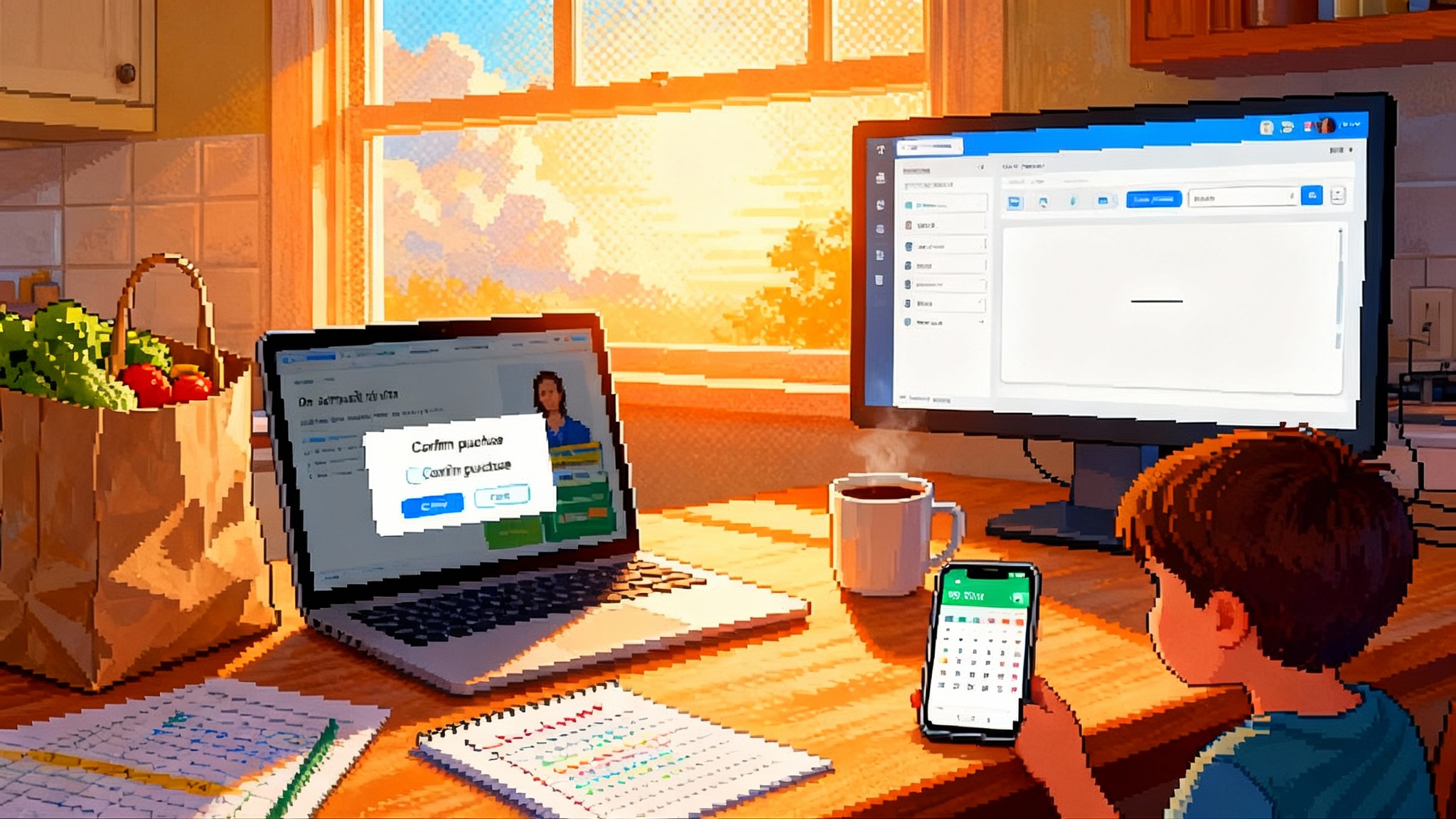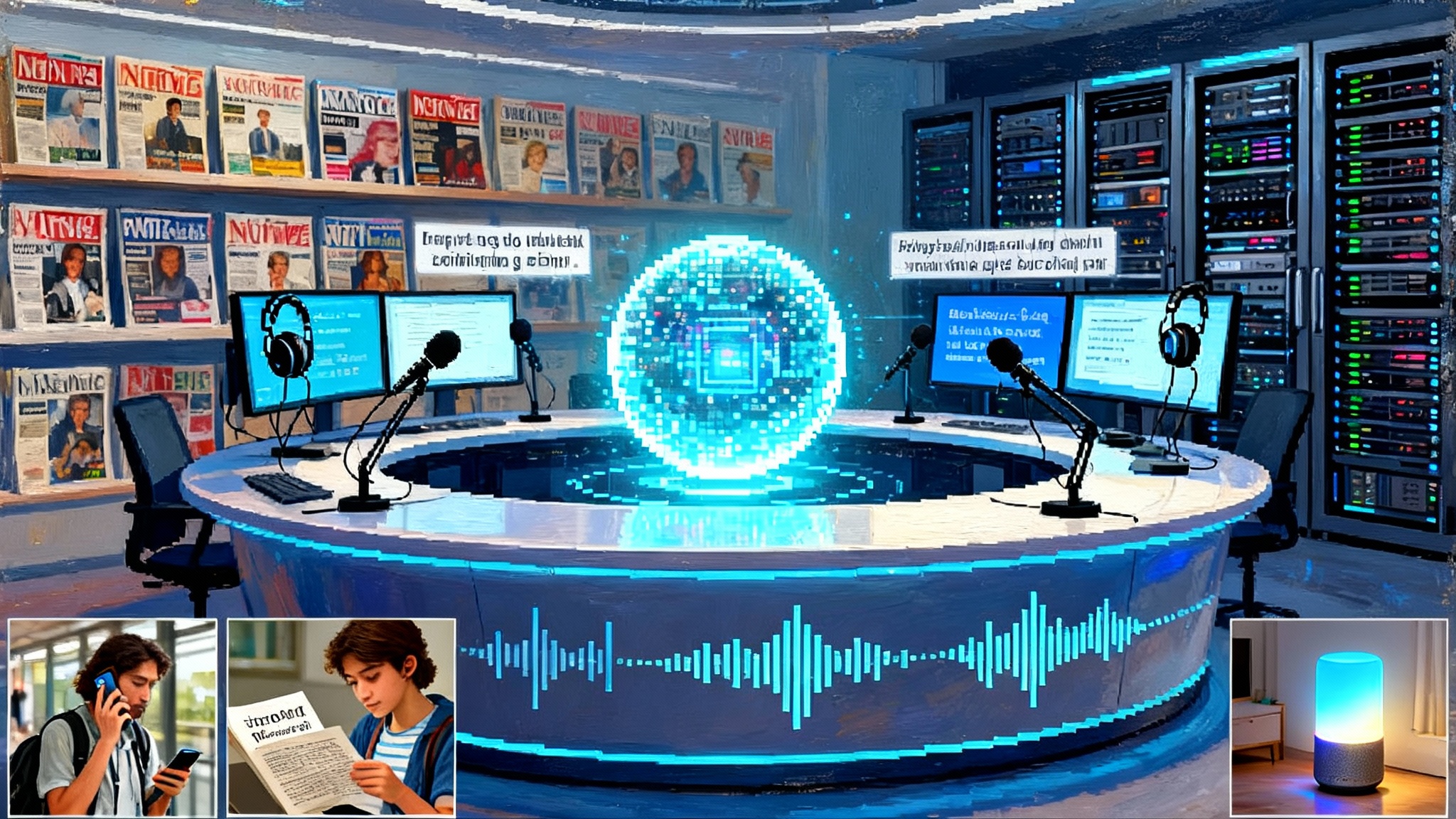WhatsApp’s AI Pivot: Bots Out, EU Chats In, New Moats
Meta will ban general purpose chatbots on WhatsApp and roll out third party chat interoperability in Europe under the Digital Markets Act. See the power map, who wins and loses, and a 90 day startup playbook to adapt fast.

Two moves in 30 days that reset the board
Meta just made two decisions that will shape how artificial intelligence reaches consumers inside the world’s most popular messenger. First, WhatsApp updated its Business terms to prohibit general purpose chatbots from operating on the platform, with enforcement scheduled to begin on January 15, 2026. TechCrunch reported the policy change and its scope for popular assistants like ChatGPT, Perplexity, Luzia, and Poke, while noting that domain specific customer service automations remain permitted (TechCrunch reported the policy change).
Second, WhatsApp is beginning to roll out third party chat interoperability in the European Union to comply with the Digital Markets Act. European users will be able to opt in to send and receive messages with people on other apps, with end to end encryption requirements and a staged feature set. Meta detailed EU chat interoperability and the opt in design, separate chat section, and security expectations (Meta detailed EU chat interoperability).
These moves might look contradictory at first glance. Look closer and the strategy becomes legible. Meta is drawing a bright line between consumer chatbot distribution and business messaging, while also complying with European law in a way that retains product control and security. The result is a shift in power toward vertical agents, on device and browser native assistants, and a deeper moat around Meta’s own messaging channels. For why moats are shifting to trust and control, see our analysis of the agent trust stack.
What exactly changed and why it matters
The new policy separates two worlds:
- Business automations that serve a clear, narrow purpose inside a company’s customer conversation. These remain allowed. Think boarding pass lookups, plan changes, or package tracking.
- General purpose assistants whose primary value is open ended conversation. These are no longer allowed to distribute themselves through WhatsApp’s Business interfaces when the chatbot is the main product.
Why draw this line now? Three forces are colliding:
- Distribution pressure. Generic bots were using WhatsApp as a default delivery channel because a phone number is the easiest way to reach users. That turns WhatsApp into a de facto app store for assistants. Meta is saying that is not its business.
- Infrastructure and support load. General assistants drive long, high volume dialog that demands different scaling and safety workflows than transactional customer service. Meta signaled this strain when explaining the change.
- Competitive coherence. Meta is building its own consumer assistant across its apps. Allowing third party general bots to live inside WhatsApp dilutes that strategy while adding moderation risk without commensurate upside.
On the European side, interoperability introduces choice, but it is opt in and bounded. Users activate it, third party services must meet encryption standards, and the experience is clearly labeled. That keeps WhatsApp’s core product simple while checking the regulatory box.
The messaging scale moat, now with guardrails
Think about messaging as a city. The phone number is your home address, the inbox is your street, and the contact list is the city directory. For years, general chatbots treated WhatsApp as a food truck parked outside your door. Meta just rezoned the street. Food trucks for general cuisine move along, while restaurants with clear business licenses remain. Meanwhile, the city also allows specific tunnels to other neighborhoods in Europe, but only for routes that meet safety standards and only for residents who opt in.
This rezoning creates a moat at messaging scale. The moat is not just user reach, it is policy, identity, payments, safety, and support. By disallowing chatbot distribution that is the product, Meta boosts its own native assistant strategy and removes a free ride that competing assistants used to acquire users. Interoperability does not weaken the moat much because access is limited to flows that match WhatsApp’s security and user experience requirements.
Winners and losers in the new map
Winners
- Meta’s native assistant and any first party features inside WhatsApp. A ban on external general assistants strengthens the default.
- Vertical agents embedded in business messaging. If you sell flights, insure cars, or deliver groceries, your assistant is an interface to a transaction. Expect better templates, analytics, and payments.
- On device agents from platform companies. Keyboard, camera, and share sheet entry points reduce reliance on third party messengers. For cost and control advantages, review our open weight reasoning playbook.
- Browser native agents. Companies that build powerful web experiences can link from WhatsApp to the browser, where the agent can be general purpose, authenticated, and rich.
- Business Solution Providers specializing in compliant flows. Messaging vendors that power receipts, order updates, and support can double down on domain workflows and safe automation.
Losers
- WhatsApp first general assistants. Products that grew by letting users chat with a generic bot at a phone number must shut down or redesign before January 15, 2026.
- Aggregator wrappers and cross messenger directories. Their value was distribution on someone else’s rails. That energy will shift to the browser and device.
- Startups that confuse open ended chat with product market fit. The policy will expose which assistants deliver outcomes, not just conversation time.
How EU third party chats actually work
The European rollout is opt in, staged, and opinionated. Users will see a notification that explains activation. The experience begins on mobile, third party providers must meet end to end encryption comparable to WhatsApp’s, and there will be a clear separation in the app so users know when they are talking through a third party route. Initial scope includes one to one messaging and common media types, with groups arriving when partners are ready.
For builders, remember the limit. This is not a wholesale opening of WhatsApp to any protocol. It is a controlled interface with security, identity, and policy requirements that will feel like an enterprise integration rather than a public commons.
What to build instead of a general WhatsApp bot
Four durable patterns will define the next year of agent distribution.
-
Vertical agents inside business messaging. Build a travel concierge that pulls live bookings from partner systems, not a generic trip guru. Build a claims intake agent that collects photos, verifies policy numbers, and schedules a callback, not a general insurance explainer. Measure resolution time and conversion, not length of conversation.
-
On device help, always a tap away. If your assistant edits photos, summarizes a screen, or coaches through a form, aim for the keyboard, camera, and share targets on the device. The experience should be private, quick, and aware of context that the user has granted. To stitch tools and data safely across apps, explore MCP as agent interface.
-
Browser native agents with deep links from WhatsApp. Treat WhatsApp as the invitation and the browser as the venue. Send a human readable teaser in WhatsApp, then jump to a rich interface on the web where you can authenticate, handle payment, and run a full agent with your own safeguards.
-
Interop aware messaging strategies in Europe. If you operate a messaging app that wants to interoperate with WhatsApp, invest in encryption, identity mapping, and spam controls that meet WhatsApp’s bar. If you are not a messenger, partner with one that supports your use case rather than trying to run a generic bot inside WhatsApp.
A practical 90 day playbook for startups
Time starts today. Here is a concrete plan, week by week, to adapt and capture demand without depending on a general purpose WhatsApp bot.
Weeks 0 to 2: Audit, choose a vertical, cut scope
- Inventory every WhatsApp touchpoint you operate. Classify each as either business messaging in support of a specific product or as general assistant behavior. If any experience could be described as a general assistant in WhatsApp, plan to sunset or redesign it.
- Pick one vertical where you already have data access and compliance strength. Examples: airline support, pharmacy refills, retail returns, small business invoicing. Success comes from depth, not breadth.
- Define one primary metric per flow. For retail, refund issued within five minutes. For travel, boarding pass delivered within two minutes. For telecom, plan change confirmed within three minutes.
- Design the constrained WhatsApp flow that gets a user to the outcome with a small number of messages. Reserve open ended dialog for the web app or device surfaces.
Weeks 2 to 4: Build the browser native agent and the handoff
- Ship a responsive web app that hosts your general agent. Add one tap sign in links, guest mode where possible, and a transcript view that reflects the latest conversation state.
- Implement deep linking from WhatsApp into the exact step in your web agent. Include signed parameters to prevent tampering. Preload the user’s context so the first page already knows the task.
- Add fallbacks. If the agent fails, route to a short form or a human handoff with a phone call option. The goal is always resolution, not cleverness.
Weeks 3 to 6: Strengthen your business messaging flows
- Use templates and buttons for recurring updates, such as shipping notifications or appointment reminders. Keep the number of free text turns small and test phrasing that reduces confusion.
- Add structured data capture. Photo upload, date pickers, quick replies. The more structure, the fewer misunderstandings.
- Instrument everything. Track first response time, number of turns to resolution, abandon rate, and satisfaction.
Weeks 6 to 8: Local, secure, and fast
- Move common inference to the device when feasible. Summarization, redaction, and OCR can often run locally or on edge services, reducing latency and data transit.
- Cache prompts and responses tied to the device so users can resume tasks after a handoff from WhatsApp to the browser. Show a timeline that makes the transition feel natural.
Weeks 8 to 10: European options
- If you run or partner with a messenger in Europe, start the engineering work to meet the encryption, identity, and abuse controls that WhatsApp expects. Budget for a formal security review.
- If you are not a messenger, focus on content quality and partner distribution rather than trying to wedge a general bot back into WhatsApp.
Weeks 10 to 12: Prepare for January 2026
- Update your terms, user prompts, and marketing so they do not describe or imply a general assistant available inside WhatsApp. If the assistant lives on the web or device, say so.
- Create a migration plan for users who started with a WhatsApp bot. Offer a one tap switch to your browser native agent and a retention incentive. Communicate clearly, with dates.
- Run failure drills. When a user replies with an unexpected request to your business flow inside WhatsApp, use safe replies that hand off to the right place.
Playbook examples by vertical
- Travel. Inside WhatsApp, offer flight status, seat changes, and boarding passes. For complex rebooking across carriers during irregular operations, deep link to your browser agent that can search inventory, hold seats, and collect payment. The metric is minutes to confirmed rebook.
- Retail. Inside WhatsApp, provide order tracking, return labels, and store hours. For product discovery or styling advice, send a tap through to a browser experience that can access the full catalog, user photos, and recommendations. The metric is return resolution time.
- Financial services. Inside WhatsApp, support card freezes, limit changes, and dispute intake. For budgeting advice or portfolio strategy, run the agent in your authenticated web app. The metric is successful completion of the requested action.
The compliance line, explained simply
Ask two questions for any WhatsApp experience you build.
- Is the assistant primarily a consumer general chatbot inside WhatsApp? If yes, it is out of bounds under the new policy.
- Is the assistant helping complete a specific business task, like order status or policy change, and is that task the core reason for the conversation? If yes, you are aligned with permitted business messaging.
When in doubt, remember the principle. WhatsApp is for business outcomes, not as a distribution channel for a generic assistant. Put your general conversation where you have full control, on the device or in the browser.
What this means for investors and product leaders
- Distribution moats shift from contact list access to ownership of a high quality, consent based channel that hands off smoothly to a rich app. The strongest companies will own the handoff and the outcomes.
- Unit economics improve when you move long chats to the browser or device. Fewer expensive message turns, more structured resolution.
- Regulatory compliance becomes a feature. If you can demonstrate secure handoffs, clear consent, and accurate identity, you will close more enterprise deals in Europe and avoid messy rewrites later.
The road ahead
Expect more platform rules that differentiate between transactional automation and open ended chat. Expect the browser and the device to become the canvas for general agents. Expect European interoperability to unlock niche messaging routes, but not to turn WhatsApp into a public highway for arbitrary bots.
For builders, the message is simple. Use WhatsApp for what it does best, trusted entry points to real world tasks. Put your heavy lifting where you control performance and policy. If you do, you will keep acquiring users through messages while owning the experience that turns intent into action.
Bottom line
Meta’s changes close one door and open another. General purpose bots inside WhatsApp will fade, while vertical, on device, and browser native agents will thrive. Interoperability in Europe gives users more choice without sacrificing WhatsApp’s identity. Startups that refactor now will find that the new moat is not about who can talk the most, it is about who can finish the job fastest with the fewest messages and the most trust.








